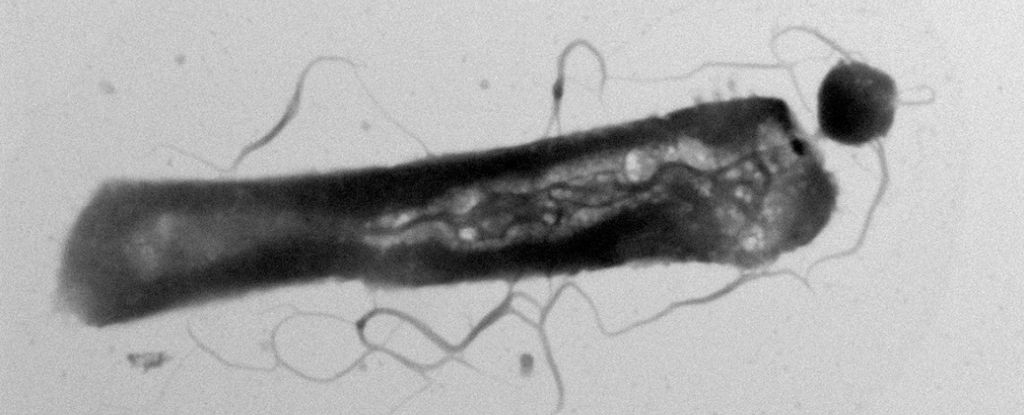Ruminants, Vol. 4, Pages 201-212: Combining Embryo Transfer and Artificial Insemination to Achieve Twinning in Beef Cattle, and Effects of Different Twin Calf-Raising Methods on Neonatal Behavior and Growth
Ruminants doi: 10.3390/ruminants4020014
Authors: Eduarda M. Bortoluzzi Kolton W. Aubuchon Nicole D. Robben Nicole Stafford Mikayla J. Goering Claiborn Bronkhorst John A. Odde Clay Breiner Karol Fike Lindsey E. Hulbert Kenneth G. Odde
As the beef industry moves towards efficient animal production to improve sustainability in agriculture, new production and management approaches are emerging. Among the many facets of the beef industry, cow–calf operations have the most opportunity for efficiency improvement, including improvements in fertility. This project accounts for measures and methods of (1) twinning reproductive technologies and (2) twin calf perinatal care and pre-weaning rearing. The overall objective was to produce twin calves using two reproductive technologies—embryo transfer and artificial insemination. The subobjectives were to determine accuracy of twin pregnancies embryo/fetal losses using ultrasonography, evaluate parturition and dystocia, and determine the effects of different twin-raising methods on neonatal behavior and growth. A fixed-time artificial insemination (FTAI) protocol was applied to 77 multiparous Angus-cross cows from a commercial beef herd in northcentral South Dakota during the summer of 2019. Cows were assigned to two different treatments groups: only artificially inseminated (AI) or received an embryo transfer following artificial insemination (ET + AI). They were estrous-synchronized, artificially inseminated (AI) with black Angus semen at day 0, and received and embryo transfer (ET) at day 7. Ultrasound examination detected 56% pregnancy risk for both groups, with sensitivity, specificity, and accuracy of 75%, 100%, and 90.5%, respectively, for bilateral twin detection. Calves were born during spring 2020. Twin calves (n = 34) and singleton calves (n = 11) were assigned to one of three raising methods: (1) twin born and twin raised (TT; n = 16), (2) twin born and single raised (TS; n = 18), and (3) single born and single raised (S; n = 11). Neonatal nursing behavior and birth weights were recorded, and adjusted day 200 and day 280 were calculated measures of vitality and growth. Blood samples were collected at age 24 h for colostrum intake measures (total serum protein, IgG1, and IgM). Twin calves were born 20% (p < 0.05) lighter in body weight than singletons; however, weights did not differ at day 280 between TT and S calves. TS calves had the shortest average latency to stand, but immunoglobulin concentrations did not differ among treatments. At weaning, cows that had birthed and raised twins produced more kilograms of live weight per pregnancy than cows birthing and raising singletons. Using ET + AI proved to increase twinning rate, and growth was maintained when raising both twins with their dam.

 3 weeks ago
15
3 weeks ago
15


